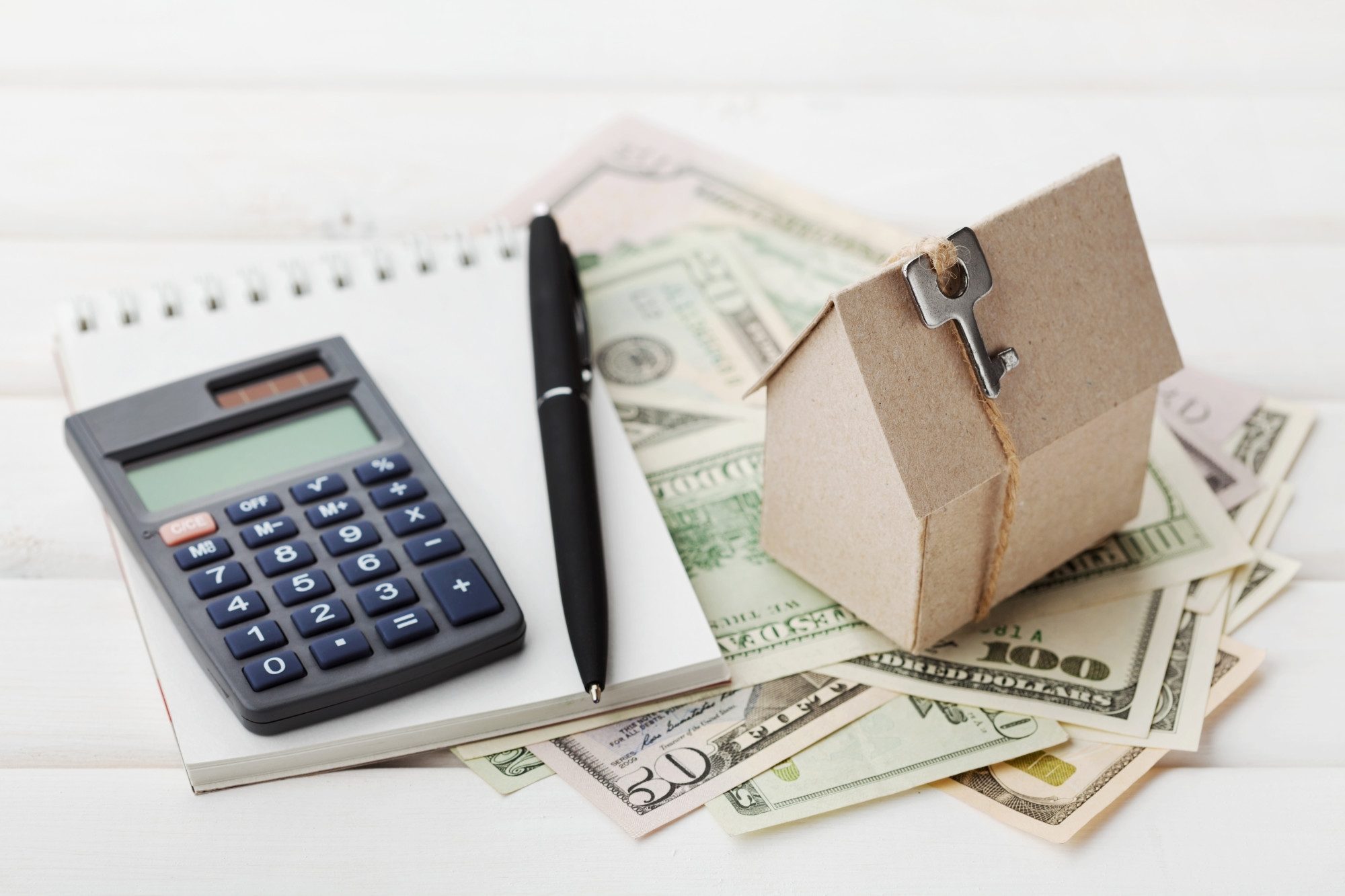What’s the cost of living in San Diego? Sure, you can’t put a price tag on a sunny paradise. But you do need to know […]
Blog
Blog
The Ultimate Guide to Moving to San Diego in 2024
Of all the beautiful California destinations you could land in, moving to San Diego in 2024 could be the best choice by far. When you […]
Surviving Irvine’s Homebuying Market: A Guide for Newbies
Irvine’s housing market is as dynamic as a wave in the Pacific, ever-changing and influenced by multiple factors. The real estate scene here reflects that […]
Best Fit Movers Recognized on 2023 Inc. 5,000 List
Inc. 5000 List Rankings Announcement Best Fit Movers Best Fit Movers Recognized on the 2023 Inc. 5,000 List With Three-Year Revenue Growth of 198%, Best […]
What Is the Housing Market Like in San Diego?
Between 2020 and 2021, San Diego’s population fell by over 11,000 residents. It’s a trend that’s poised to continue. Many of the residents who chose to […]
Tips For Moving Your Large Family to Spring Valley
The only thing better than living in a top San Diego suburb is enjoying it with your loved ones – it’s why we’re bringing you […]
Affordable Fun Things to Do in La Jolla
Every year, over 35 million people visit San Diego, which makes it one of the top US travel destinations! While beautiful San Diego certainly has a […]
Best Fit Movers is Proud to Announce Membership in the Orange County Chamber of Commerce
Here at Best Fit Movers, one of the best perks of the job is working in beautiful Orange County. It’s a vast location that offers […]
The Top Moving Tips in San Diego
San Diego is one of the most popular locations in California, and the entire country. The beautiful weather, vibrant community atmosphere, and abundance of amenities […]









